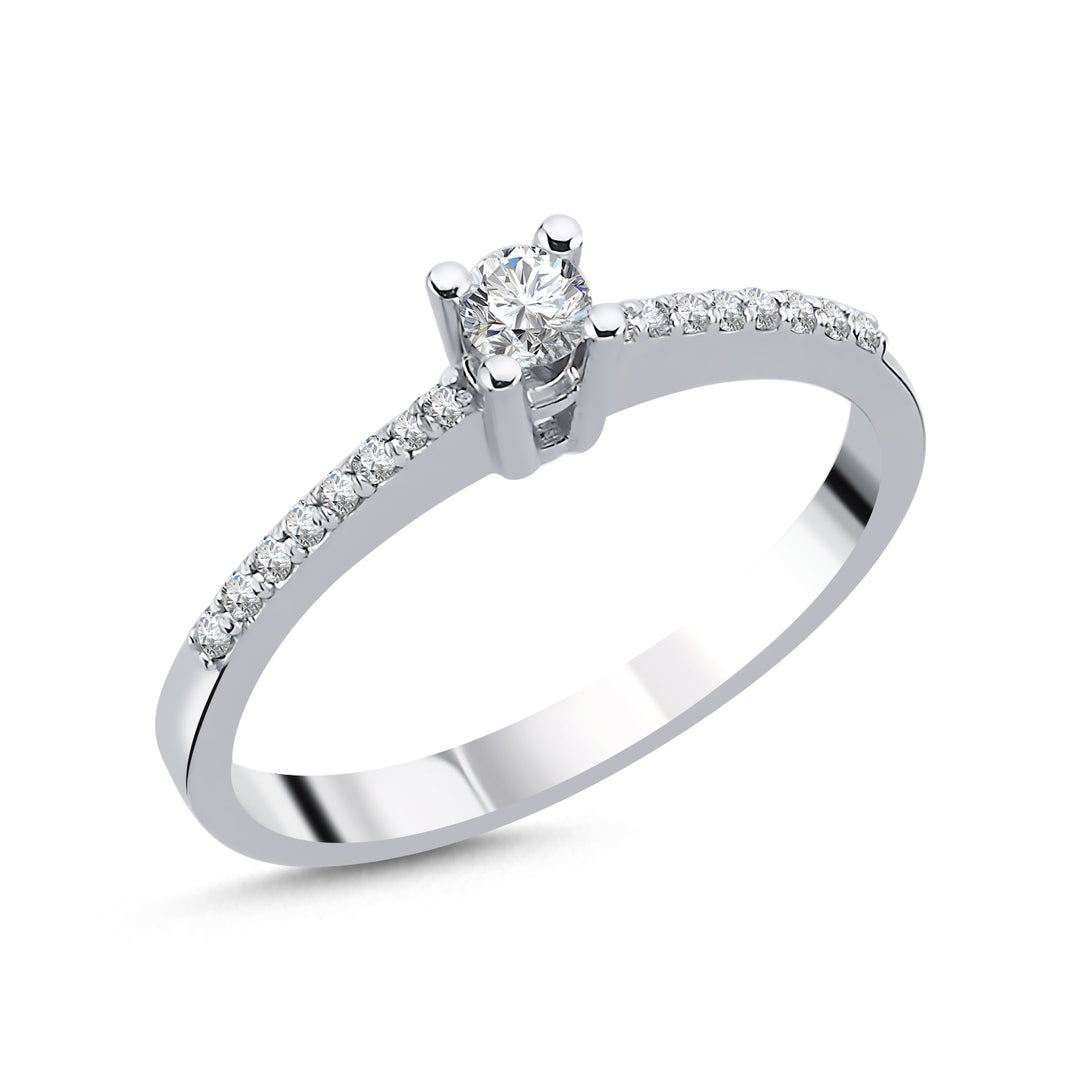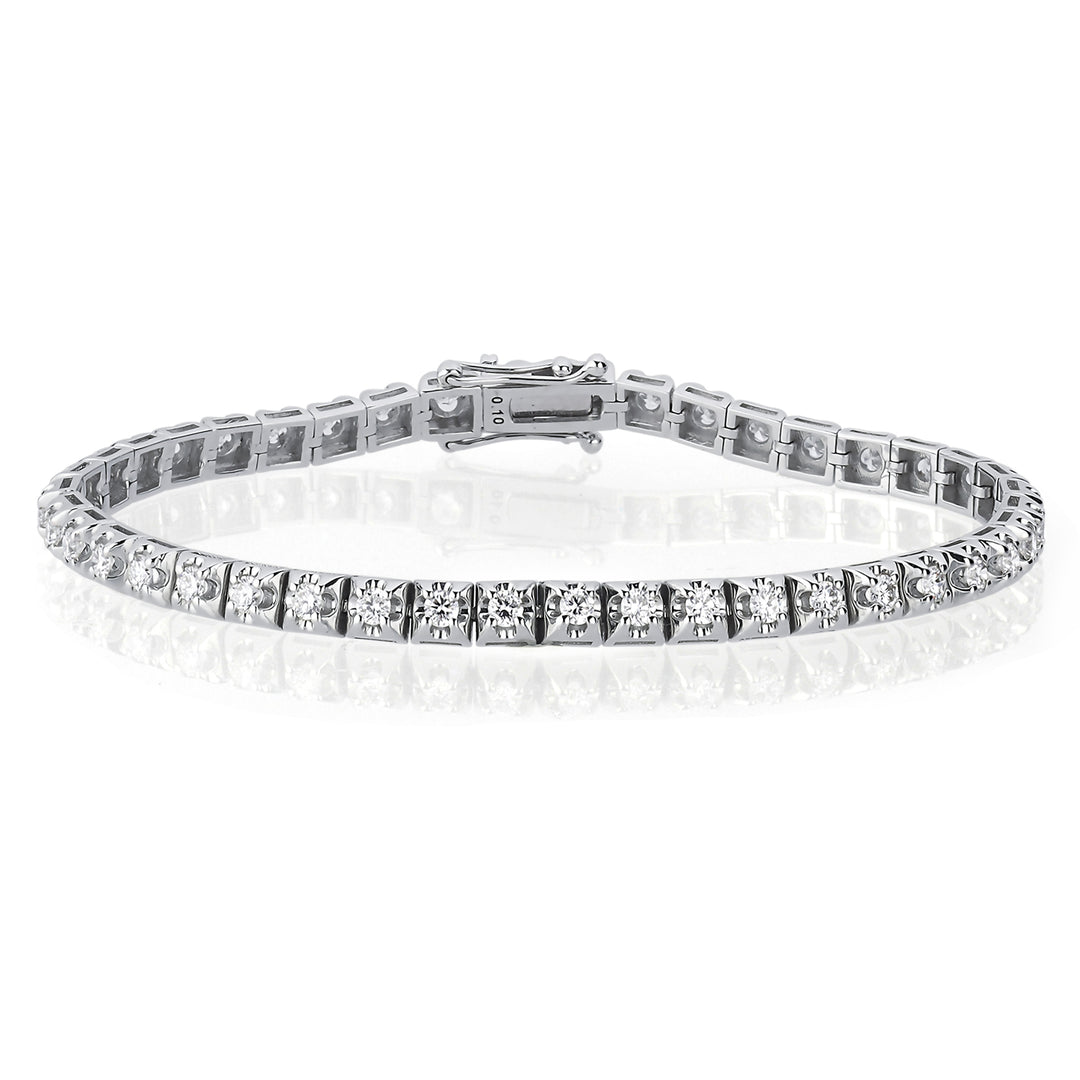A Diamond Is Always A Diamond
Recently, the Federal Trade Commission (FTC) updated its guidelines to prevent misleading marketing in the jewelry industry. This update is a significant development for lab-grown diamonds and a headache for businesses selling mined diamonds. So, what does this mean for us as consumers?
The FTC’s decision is based on scientific facts rather than the lobbying efforts of the mined diamond industry. We no longer need to specify whether a diamond is lab-grown or mined from the earth. Instead, a diamond will simply be referred to as a diamond. This straightforward change provides us with accurate information, allowing us to make more informed decisions when shopping for diamonds.
Previously, lab-grown diamonds had to be labeled with terms like "laboratory-grown," "lab-created," or, worse, "synthetic." But that has changed. The FTC has removed the term "natural" from the definition of diamonds, bringing greater clarity to the marketing and identification of lab-grown diamonds. These diamonds are now referred to as "lab-grown," which is a clearer and more accurate term for consumers. If you understand the difference between cultured and natural pearls, you will also grasp the distinction between cultured and natural diamonds.
Unlike mined diamonds, lab-grown diamonds are produced in an environmentally friendly and ethical manner. Additionally, these diamonds are less expensive than mined diamonds, and this difference may increase over time. This means more people can experience the elegance and beauty of diamonds.
If you are considering purchasing a diamond, we recommend looking into lab-grown diamonds in light of the FTC’s new ruling. This option is both budget-friendly and eco-conscious. Remember, as the FTC states, regardless of where a diamond comes from or how it is made, a diamond is always a diamond.















